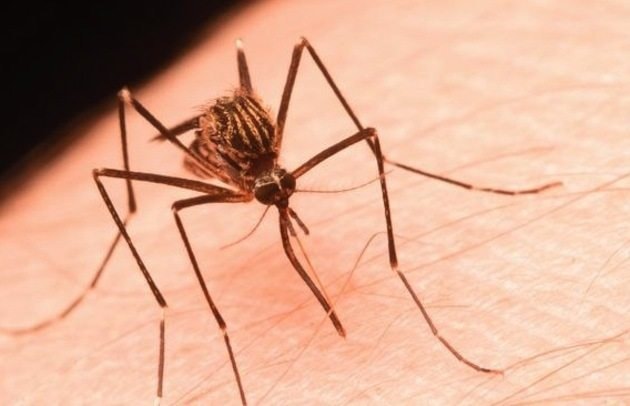An invasive Asian mosquito that can carry diseases such as encephalitis has been detected for the first time in Western Canada, at a site in Metro Vancouver.
SFU biologist Peter Belton was among the researchers who found the Aedes Japonicus mosquito species breeding in water on a tarp in a Maple Ridge backyard.
The closest the species had been detected previously was in southern Washington and Oregon in 2008, and it has been found in Eastern Canada and the U.S. since 1998.
The mosquito is capable of transmitting West Nile virus, three types of encephalitis and Chikungunya, a viral disease that causes fever and severe joint pain mainly in Africa and Asia.
Belton says the mosquito could pose a significant public health hazard in the future if global warming expands the distribution of the diseases it can carry.
"We believe it could be a significant threat to the health of humans and domestic animals and recommend that its population should be monitored," Belton and other researchers said in their paper published in the Journal of Medical Entomology.
There is no current concern about disease spread from the new species but that could change, said Scott McMahon, operations manager for Culex Environmental, which monitors mosquitos in the region for Metro Vancouver.
"West Nile was never in Canada before either," he said, adding that could be a cautionary tale for the eventual arrival of a new disease.
"You don't know how it might be introduced, but we're one step closer I would say," McMahon said.
"To have a pathogen and the transmission of it you need the right (mosquito) species and the right pathogen. Now we have one out of two."
Researchers first identified the Japonicus larvae in July 2014 in a Maple Ridge garden, where more than 200 were counted by early 2015.
An adult female was found feeding 13 kilometres further east in in Mission in May.
That led the researchers to conclude at least two populations have been established in the Lower Mainland.
SFU researchers and Culex Environmental are continuing to study the insects, hoping to pinpoint their origin through DNA and determine how they are most likely to spread.
The mosquito has been known to spread rapidly in other regions it has invaded and often is found breeding in old car tires.

Tarp in Maple Ridge where new mosquito species was first identified.
